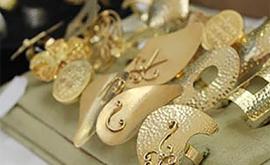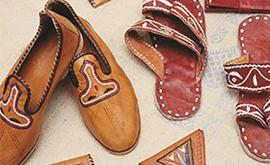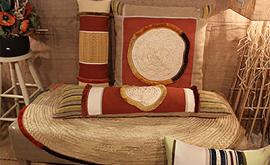Tunisia has a rich tradition of weaving rugs. The story goes that in the 19th century, the daughter of the Ottoman governor was the first person, in Kairouan, to weave a carpet using wool to give to one of the city’s mosques. The tradition continued, making Kairouan the capital of carpets in Tunisia.
A Kairouan carpet is the one that most closely resembles oriental carpets. You can recognise them from the large medallion in the middle, surrounded by a flower pattern and a frame of parallel stripes. Classics include those with a bright red main feature and others with white and brown natural sheep wool colours. Admire the work of craftsmen and women in a carpet workshop and marvel at their skill and the amazing patterns that come to life before your very eyes.
All sorts of carpets have been made in Tunisia since ancient times. “Klims” and “mergoums” are short pile rugs, decorated with parallel strips and Berber motifs, and “gtifs” are thick, brightly coloured carpets made in the south and in the countryside.
In homes in villages in the south, weaving plays a particularly important role. Carpets grace the floor, throws cover the walls and beds. Their warm colours are created using pigments from plants: bright red, midnight blue, brown, orange… The simplest boast brightly coloured stripes. The most beautiful are completely covered in geometric motifs: diamonds, chevrons, symbols and little stylised animals, drawing on a traditional repertoire of meanings.
Village women also weave little scarves that they wear to go out, “bakhnoug”. These fine pieces of wool, red for young girls, black for older women, are decorated with delicate white patterns.



